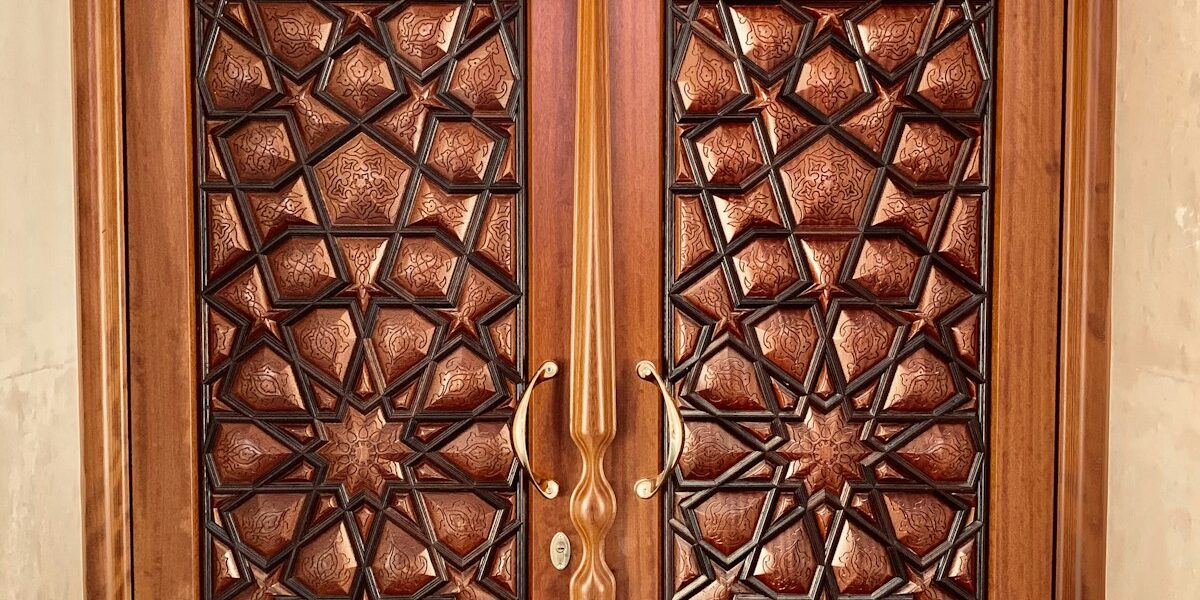Exploring the Charm of a Shiplap Fireplace
A shiplap fireplace is more than just a warmth source. It’s a design stat

A shiplap fireplace is more than just a warmth source. It’s a design stat
Subscribe for Updates
Get the latest articles delivered to your inbox.
We respect your privacy. Unsubscribe anytime.